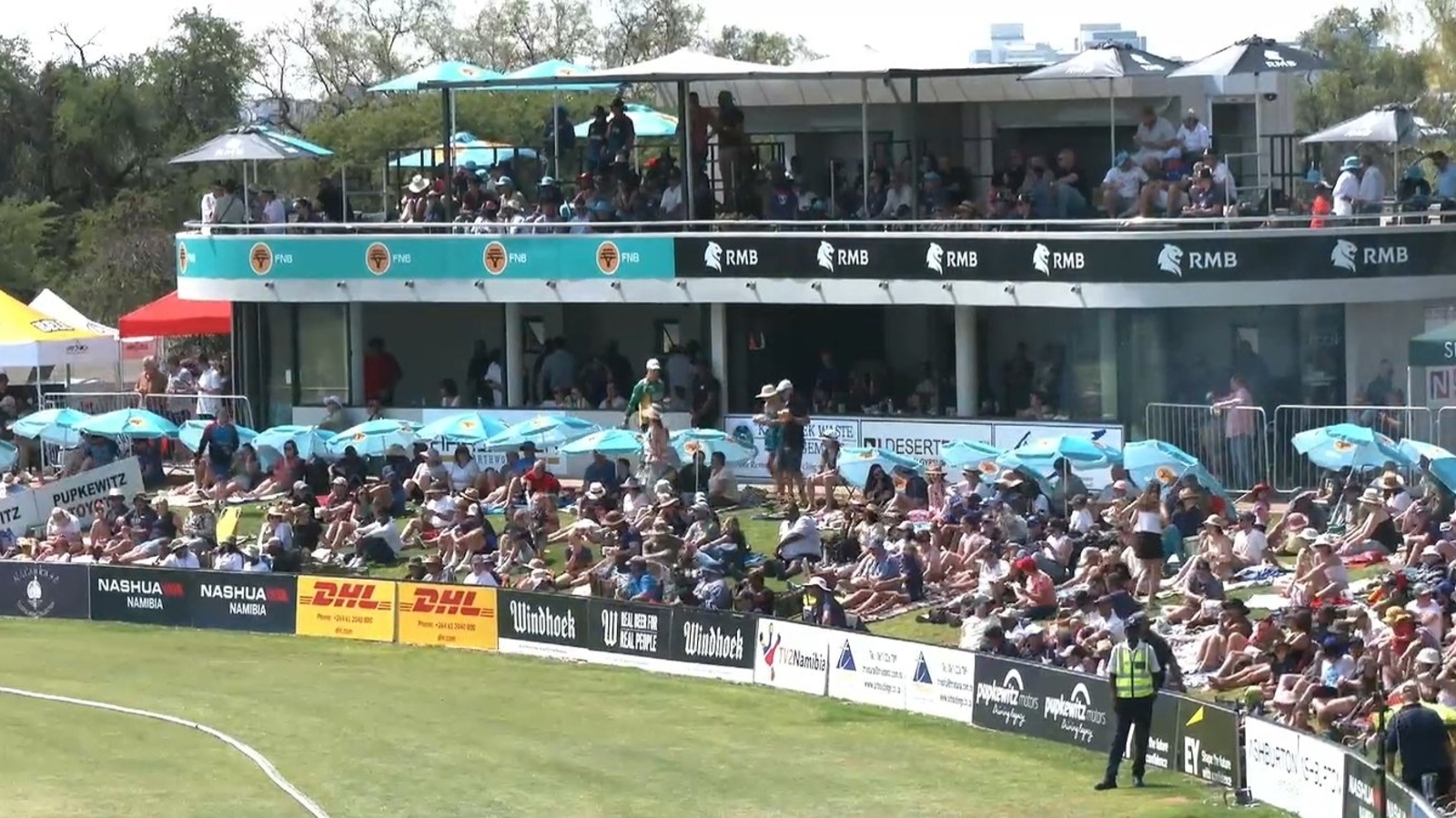Test. ODI. T20I. And now we have a fourth format. Yes, you read that right. The aim is to further globalise the game, and the new upcoming championship targets individuals aged 13 to 19 years old. Matthew Hayden, Harbhajan Singh, Sir Clive…
Get ready for ‘Test Twenty’: Cricket’s fourth format after Tests, ODIs and T20s
